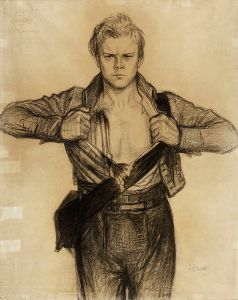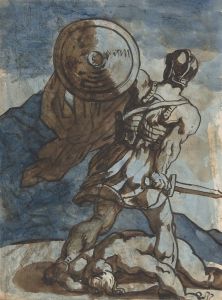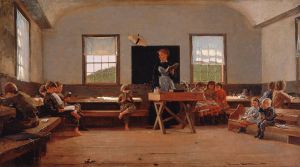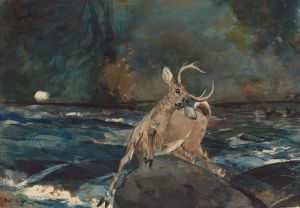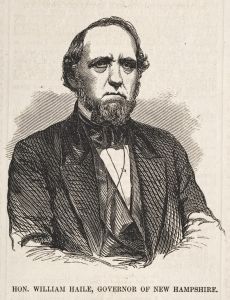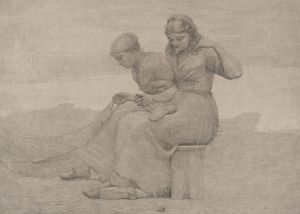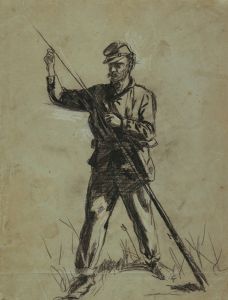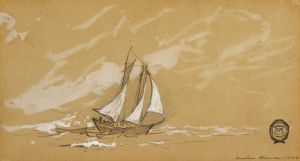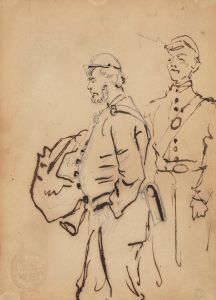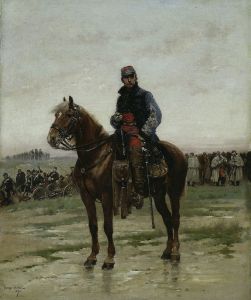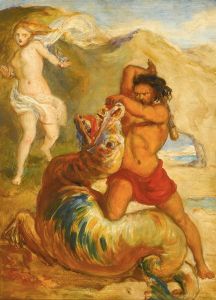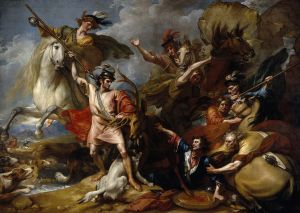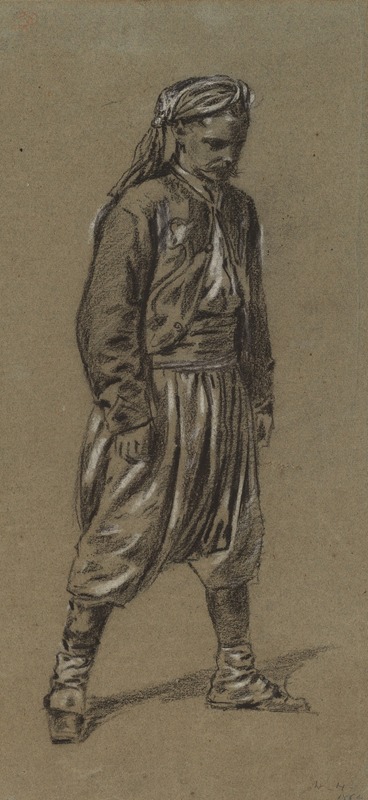
Zouave
A hand-painted replica of Winslow Homer’s masterpiece Zouave, meticulously crafted by professional artists to capture the true essence of the original. Each piece is created with museum-quality canvas and rare mineral pigments, carefully painted by experienced artists with delicate brushstrokes and rich, layered colors to perfectly recreate the texture of the original artwork. Unlike machine-printed reproductions, this hand-painted version brings the painting to life, infused with the artist’s emotions and skill in every stroke. Whether for personal collection or home decoration, it instantly elevates the artistic atmosphere of any space.
Winslow Homer, an American painter renowned for his contributions to realism and his depictions of American life, created the watercolor painting Zouave in 1866. This work is part of Homer’s early career, during which he frequently explored themes related to the American Civil War and its aftermath. The painting portrays a Zouave soldier, a member of a distinctive military unit known for their colorful uniforms and dramatic flair.
Zouaves were originally light infantry regiments in the French Army, first formed in North Africa in the 1830s. Their striking uniforms, which typically included baggy trousers, short jackets, and fezzes, became iconic and were later adopted by various military units worldwide, including some in the United States during the Civil War. Homer’s depiction of a Zouave reflects the fascination with these soldiers and their unique attire, which captured the public imagination during the mid-19th century.
In Zouave, Homer employs his characteristic attention to detail and mastery of watercolor techniques. The soldier is shown in a relaxed pose, leaning against a wall or structure, with his uniform rendered in vivid colors. The painting demonstrates Homer’s skill in capturing texture and light, as well as his ability to convey a sense of individuality and humanity in his subjects. The Zouave’s expression and posture suggest a moment of rest or contemplation, offering a glimpse into the life of a soldier beyond the battlefield.
This work was created shortly after the end of the Civil War, during a period when Homer was transitioning from his role as an illustrator for publications like Harper’s Weekly to becoming a full-time painter. His experiences as a war correspondent and his exposure to the realities of military life informed much of his early artistic output. While Zouave does not depict an active battle scene, it reflects Homer’s interest in the personal and human aspects of war.
Today, Zouave is housed in the collection of the Metropolitan Museum of Art in New York City. It is considered an important example of Homer’s early work and his exploration of watercolor as a medium. The painting provides insight into the artist’s evolving style and his ability to find beauty and meaning in everyday moments, even within the context of war.
This artwork remains a testament to Homer’s skill as a painter and his ability to document the cultural and historical nuances of his time.





